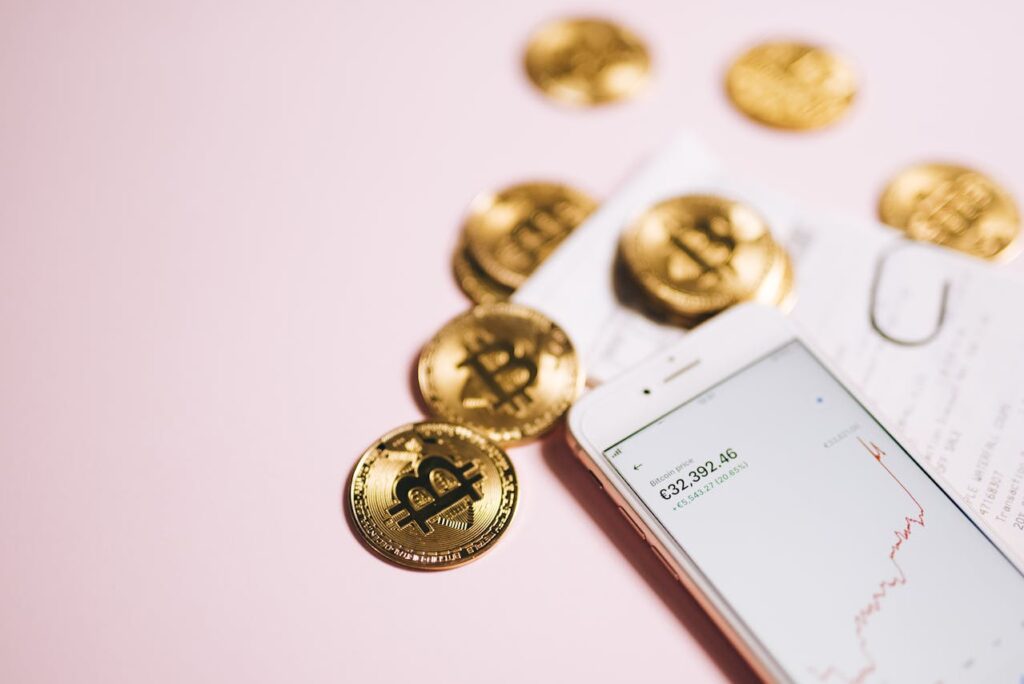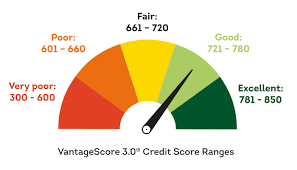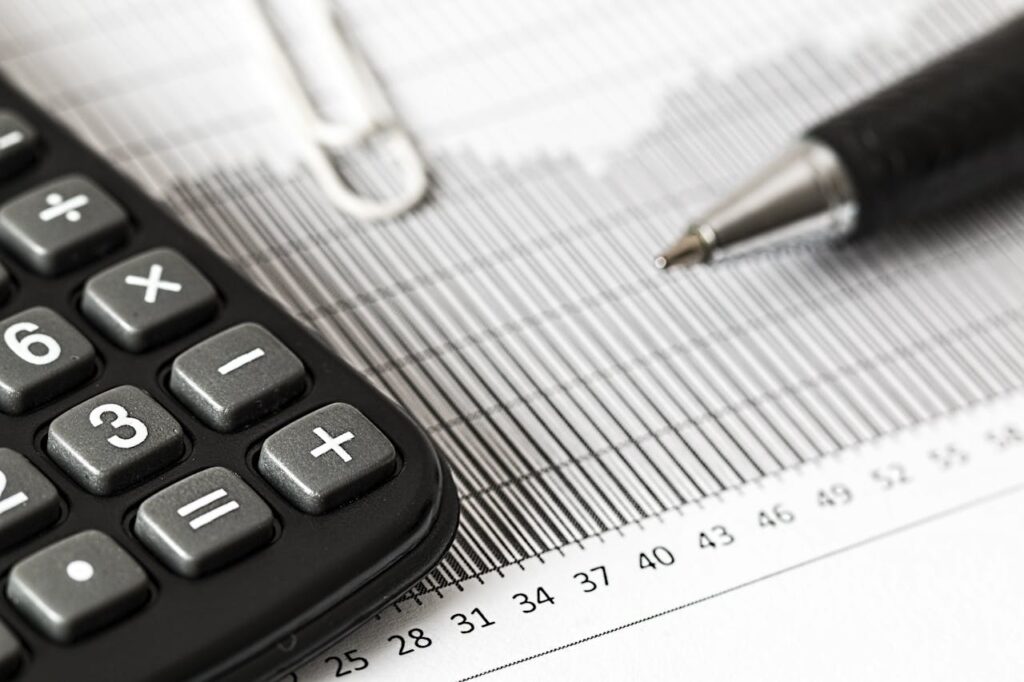Managing Loan Payments: What to Do When Money Gets Tight
Managing Loan Payments: What to Do When Money Gets Tight The burden of loan payments can become overwhelming, particularly when unexpected financial challenges arise. Far from a rare occurrence, many individuals find themselves unable to make their loan payments at some point in their lives. If you’re in this situation, it’s vital to know what steps you can take to manage the shortfall and minimize the impact on your financial well-being. In this comprehensive guide, we’ll outline a pragmatic approach to navigating the often-stressful territory of unpaid debts. From initial assessment to exploring your recompense options, we’ll cover the six critical steps you need to take to ensure you’re back on track and moving towards financial stability. Assess Your Financial Situation Understand Your Cash Flow our first step is to intimately know the numbers. Break down your monthly income after taxes and compare it to your essential expenses. If your loan payments are not your only concern, prioritize these based on which are critical for survival—housing and food must come first. Itemize Your Debts Create a list of all outstanding debts, grouping them by type, interest rate, and monthly payment. This exercise ensures you’re aware of every financial commitment and gives you a clear picture of potential areas for savings. Analyze Your Spending Habits Examine your spending with a critical eye. A seemingly insubstantial daily coffee can add up over a month. This step is about recognizing where your discretionary income goes and making hard choices about cutting back to save money. Communicate with Your Lender Be Proactive Don’t wait for the lender to reach out. Contact them immediately when you anticipate missing a payment. Being proactive can sometimes lead to more favorable solutions, as lenders appreciate early action. Understand Your Loan Agreement Every loan is governed by a legal contract. Familiarize yourself with the terms and conditions, particularly the section on default and any provisions for hardship cases. Record All Communications Keep a log of every conversation or correspondence with your lender. This can be invaluable if there are discrepancies in the application of agreed-upon terms or if you require legal assistance down the line. Financial Counseling Find a Reputable Counselor Seek out certified financial counselors who can provide one-on-one guidance. Non-profit organizations often have such services available at no or low cost. Prepare for the Appointment Your counselor will need detailed information on your financial situation. Bring documentation of your income, expenses, and debts to make the most of your session. Implement Their Guidance Financial counseling is only as good as the actions you take after the session. Be ready to make tough decisions based on the recommendations to regain control of your finances. Refinancing and Consolidation Know When to Consider This Option If you have multiple loans with high-interest rates, or if rates have dropped significantly since you first took out the loan, refinancing or consolidation could be beneficial. Shop Around for the Best Terms Don’t jump at the first offer. Compare rates and terms from multiple lenders to ensure you’re getting the best deal. Be aware of any fees associated with the process that could negate potential savings. Understand the Impact on Your Debt Refinancing and consolidation can extend the life of your loan, meaning you’ll pay more in interest over time. Evaluate these factors against your current financial constraints. Crafting a Sustainable Budget Prioritize Essentials Your budget should first cover the necessary living expenses. Trim costs by meal planning, taking public transportation, or finding more affordable housing options. Assign Every Dollar a Job Using a zero-based budgeting method, allocate all your income to expenses, savings, or debts. This approach ensures you’re not wasting any money and keeps you accountable for every dollar. Build an Emergency Fund Include regular contributions to an emergency savings fund in your budget. Even a small amount can cushion the blow of future financial shocks and reduce your reliance on credit in tough times. Conclusion Money troubles can feel insurmountable, but by taking a measured approach and seeking out the resources available to you, you can regain control over your financial situation. Follow the six steps outlined in this guide, and remember, the ultimate goal is to be proactive and disciplined in your financial management. It’s time to take charge of your financial narrative—remember, you’re not alone in this. There are always paths forward to more stable financial ground.









